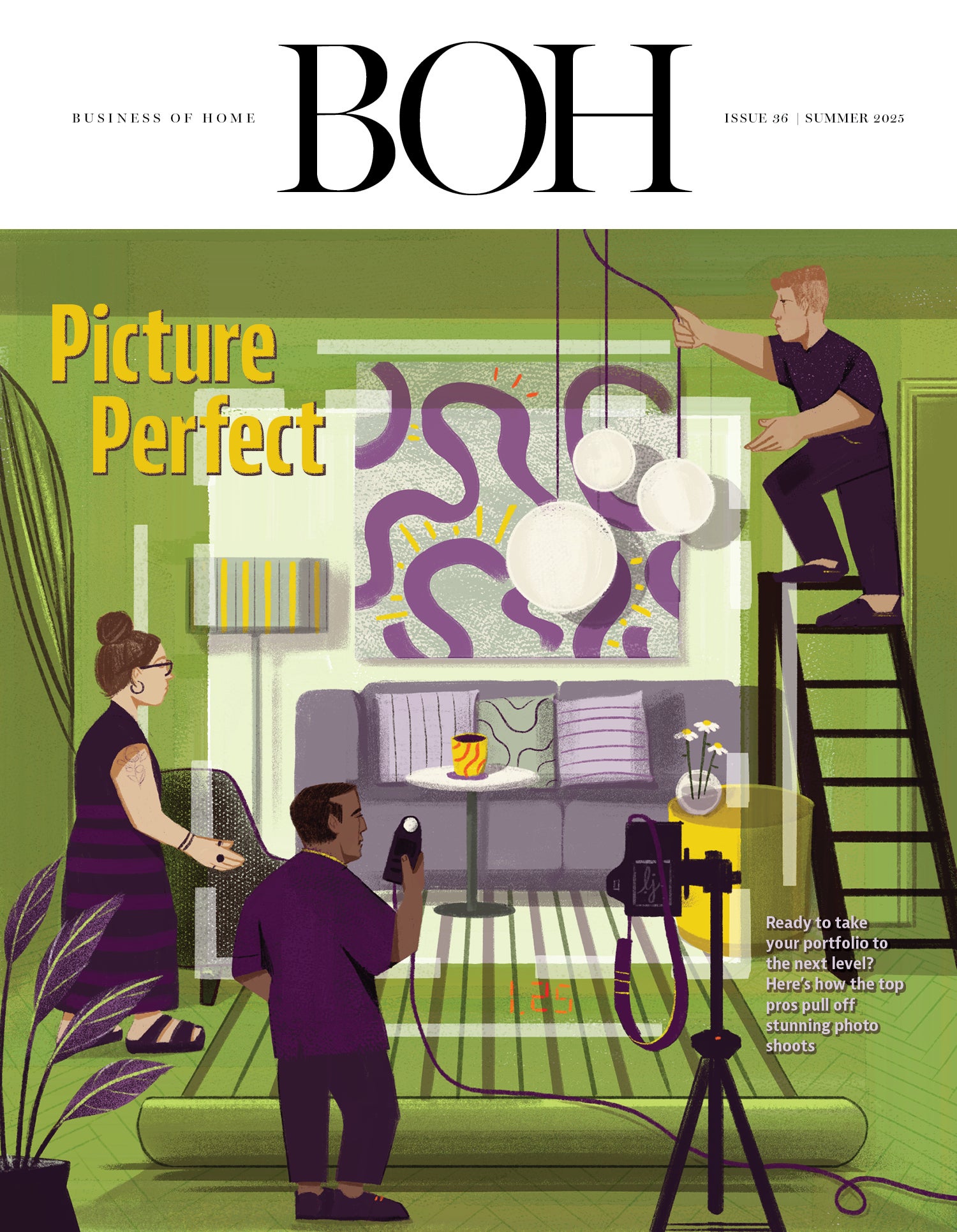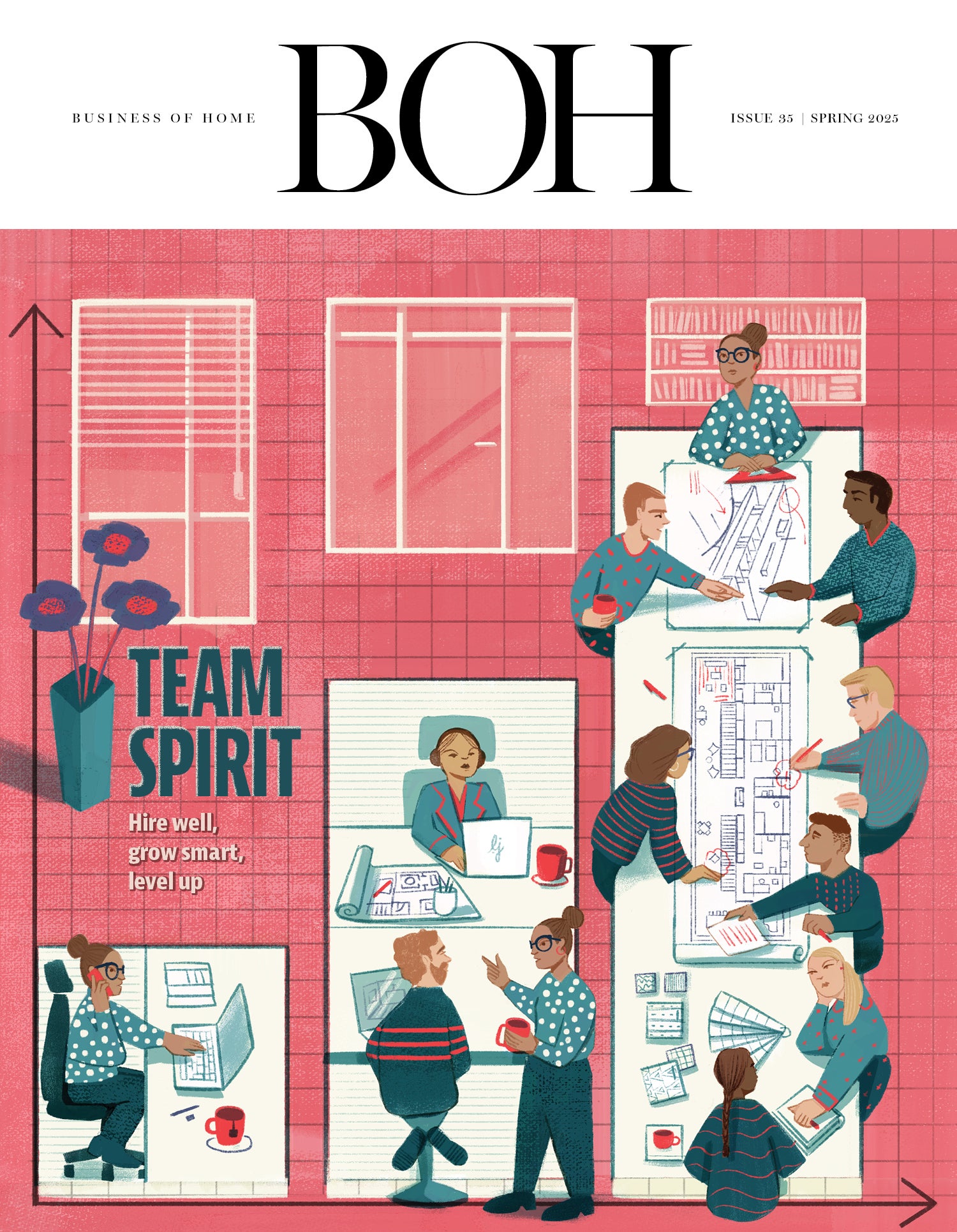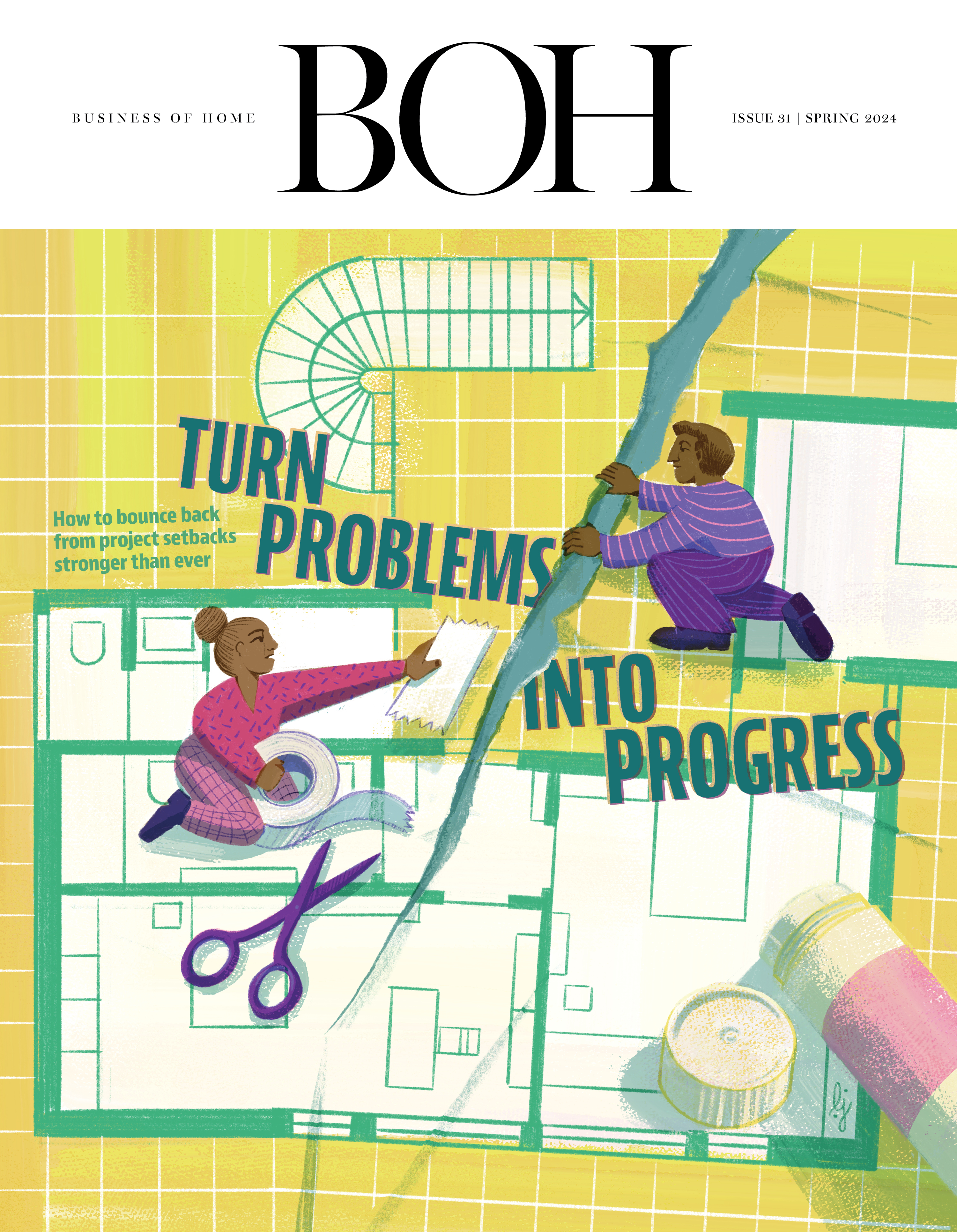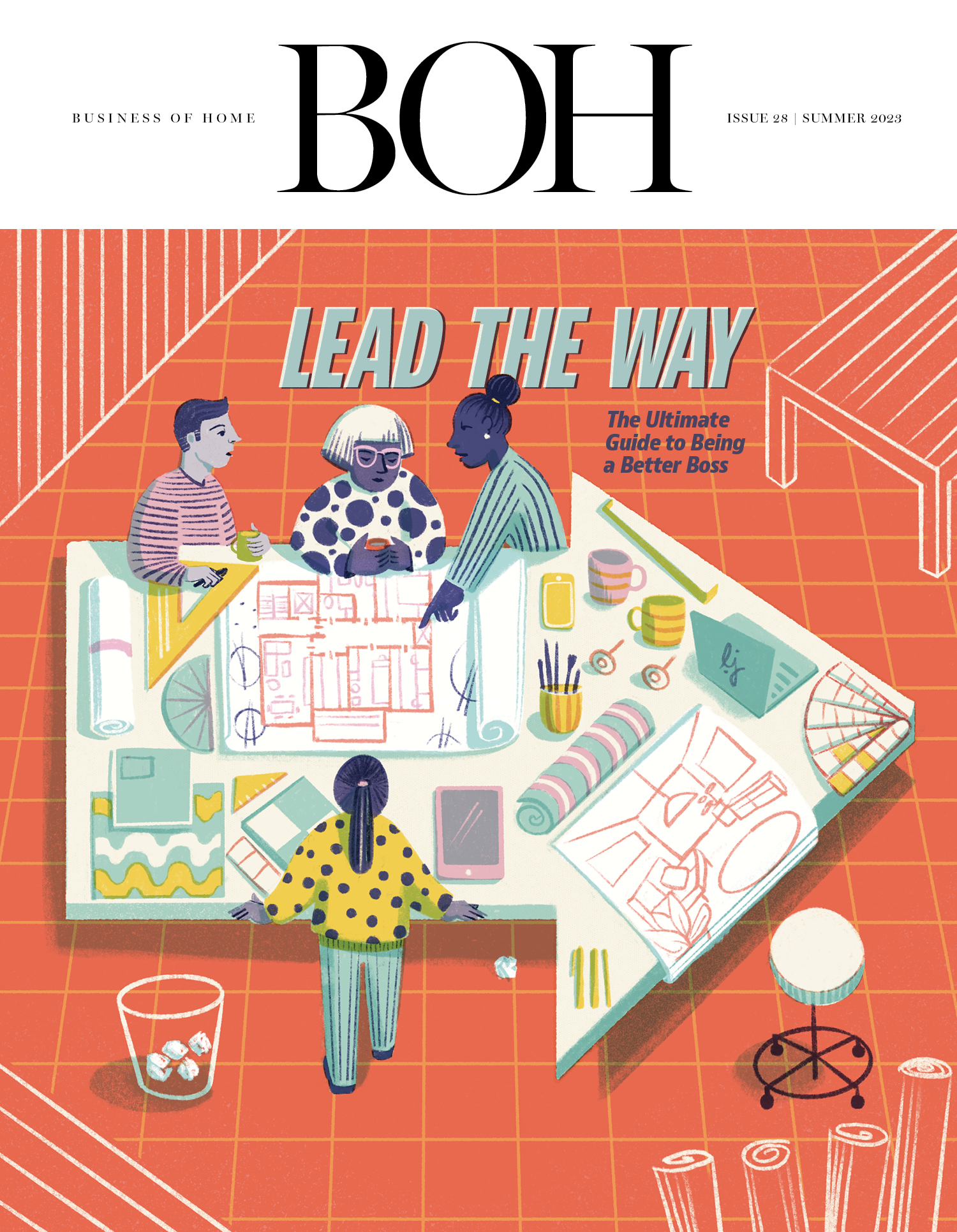
Growing up in the small town of Paris, Missouri, Dwayne Bergmann’s early life had a singular focus: horseback riding. By the time he was 18, he had entered the professional circuit, where his cross-country travels proved to be transformative.
“It was really my first exposure to a lot of really interesting people coming from various walks of life,” Bergmann tells host Kaitlin Petersen on the latest episode of Trade Tales. “I think that did shape a lot of my initial ideas and concepts for being an entrepreneur and having that drive and focus that’s required to be successful.”
Still, seeing how grueling a long-term path in the equestrian field could be, Bergmann decided to apply his drive elsewhere. He earned a business degree, then took a corporate role at Home Depot. Before long, he began renovating and flipping homes as a hobby—until one such fixer-upper landed in the pages of a local shelter magazine, bringing a stream of inquiries that turned his side gig into a full-time profession.
By 2013, he officially left his corporate role and launched his design business, Dwayne Bergmann Interiors. In the years to come, novel opportunities and several key pivots would transform his firm in unexpected ways: In addition to scaling his team quickly, growth has meant venturing into new territories—everything from repping cabinet lines and co-founding a slab-importing company to acquiring another Florida designer’s firm. Despite his passion for expansion, Bergmann also explains how he began to chafe at a role that required more supervising than hands-on work—and how he carefully shifted his focus so that he now finds himself more involved than ever in creative work.
Elsewhere in the episode, Bergmann shares why his firm uses different billing models depending on the project type, how opening a storefront took his firm to the next level, and why he doesn’t ever discuss markups with clients.
Crucial insight: When it comes to discussing money with clients, Bergmann is adamant about steering the conversation away from the inner workings of his internal pricing structure, and toward how the business can service clients. “We always talk about value; we never talk about markup,” he says. “If you’re focused on the exact percentage that my profit could possibly be, then immediately we know that you’re not our client, because really the focus is on: What is the value that the design team is bringing to the table? Why are you hiring us again? Are you hiring us just to process orders and to get trade discounts, or are you hiring us to create concepts and vision and then use all of our knowledge and experience to execute those and also have your back as you go through this process?”
Key quote: “If you can spend 90 percent of your productive time doing things that really align with who you are, what you love to do and what makes you intrinsically happy, then I’ve always found that the teams are much more successful, and that means your group is much more successful and your business is much more successful.”
This episode was sponsored by Loloi. If you like what you hear, subscribe on Apple Podcasts or Spotify.




























